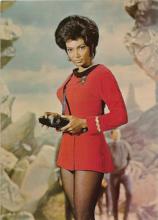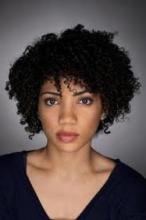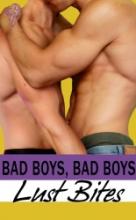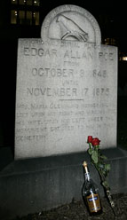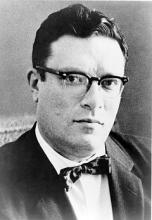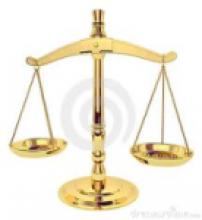Thumbs Up: Neal Stephenson
But not in Neal Stephenson's books.
Stephenson is not only one of the kings of the genre, he's also one of the most female-friendly authors in the business today. Several of Stephenson's books even outrank books by actual female authors as far as "feminist awesomeness" is concerned. (And as you may have noticed, we are frequently concerned with "feminist awesomeness.")
Is it because he has a wife and three daughters? Is it the beard? Is it something in our wonderfully dark and cranky Pacific Northwest weather? Regardless of the source, he is far and away one of the best feminist science fiction authors.
Some highlights:
Snow Crash
Y.T. the female protagonist in Snow Crash is streetwise, spunky, perceptive, and far more knowing than Hiro Protagonist. Y.T. does get captured and held hostage, but she holds her own, and takes care of herself well. She is far more than just a football to be recaptured, and even enters a complicated relationship with Raven, who is technically one of the bad guys.
In the end, Hiro and Y.T. do NOT hook up, which is a staggering violation of the standard plot formula.
Cryptonomicon
Although Cryptonomicon's primary characters are all male, each of the book's timelines abound with powerful female characters who are allowed to be capable, strong, pretty, and also flawed. Which is to say, human.
We have America Shaftoe in the contemporary timeline, Mary Waterhouse (nee cCmndhd) in both timelines, and Julieta Kivistik, the Finnish woman who rescues Bobby Shaftoe, in the WWII timeline.
Cryptonomicon also pays a considerable amount of respect to female computer programmers throughout history, from the women who operated the massive machines at Bletchley Park, to Ada Lovelace herself.
The Baroque Saga
There are few female characters in science fiction (or whatever the heck The Baroque Saga is) as awesome as Eliza. Eliza is both smart and adaptable, and she never fails to steal the show. In many ways, Eliza is more important to The Baroque Saga than the Shaftoe brothers, even though they are positioned as the trilogy's protagonists.
The Diamond Age
And finally, my personal favorite, the woefully underappreciated book which came between Snow Crash and Cryptonomicon. Aside from being surprisingly prescient, and also super kewl, The Diamond Age offers the perfect answer to the problem of what a recent author has dubbed the "princess industrial complex."
In The Diamond Age, a young underprivileged girl named Nell ends up with a copy of A Young Lady's Illustrated Primer, which is an artificial intelligence designed to serve as an all-purpose teacher for young children.
The Primer teaches through fairy tales in which the reader is cast as the magical beautiful princess. The magical beautiful princess who learns self-defense, physics, higher mathematics, cryptography, and computer programming, among other things.
In the end, the magical beautiful princess rescues a fleet of magic mice. Which, in the real world, effects the release of thousands of female Chinese babies who had been warehoused offshore as a stopgap measure against female infanticide. The "mice," ruled by Nell, rise up to create their own society and it is the coolest book ever you should totally go read it RIGHT NOW.

